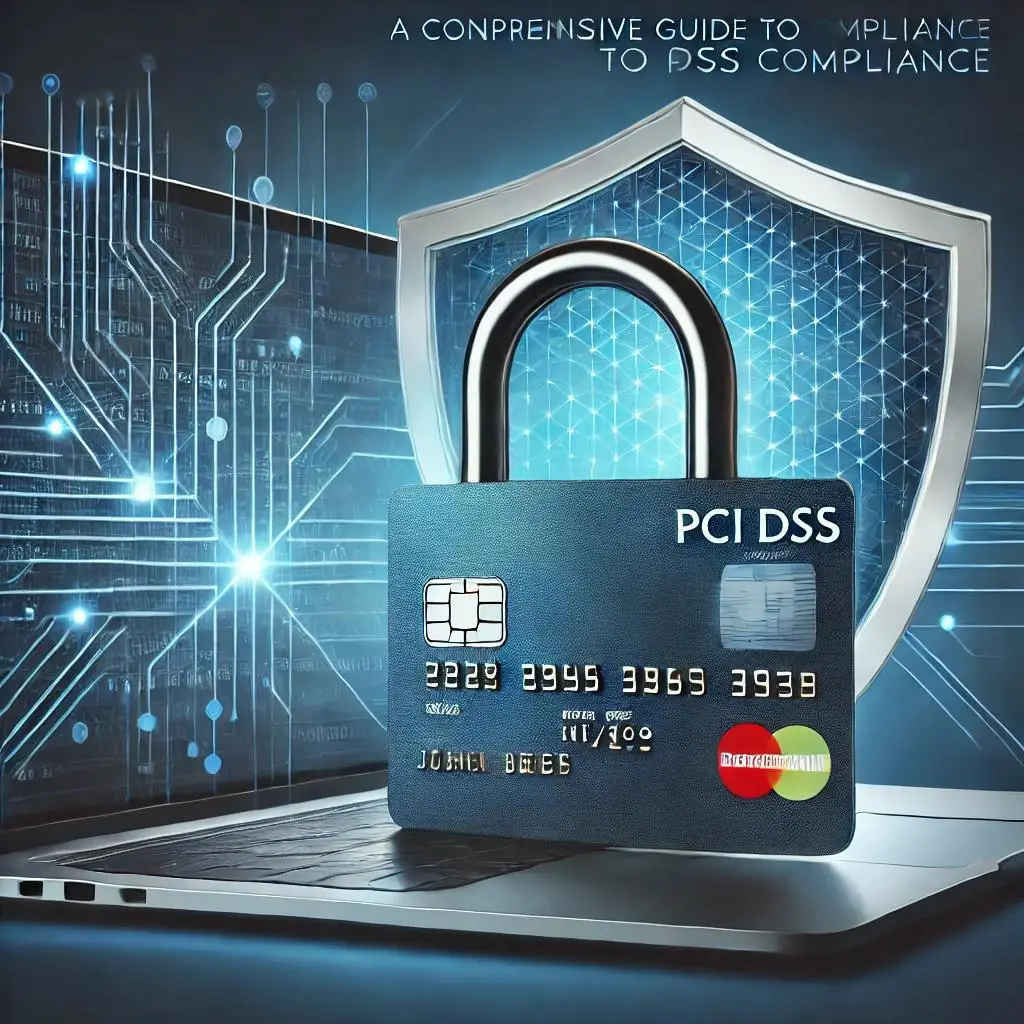Introduction
In the digital age, safeguarding payment card information is paramount. The Payment Card Industry Data Security Standard (PCI DSS) is a critical framework designed to protect cardholder data and ensure secure transactions. Understanding and implementing PCI DSS is essential whether you’re a small business owner or part of a large enterprise. This guide will explore PCI DSS, why it matters, and how you can achieve compliance.
What is PCI DSS?
PCI DSS is a set of security standards established by the Payment Card Industry Security Standards Council (PCI SSC). These standards apply to any organization that processes, stores, or transmits credit card information. The goal is to protect cardholder data from breaches and fraud by implementing robust security measures.
Why is PCI DSS Important?
- Protects Cardholder Data: PCI DSS helps prevent data breaches by ensuring that businesses implement strong security controls.
- Builds Customer Trust: Compliance demonstrates a commitment to security, which can enhance customer confidence and loyalty.
- Avoids Penalties: Non-compliance can result in significant fines and increased scrutiny from payment card brands.
- Reduces Risk: Implementing PCI DSS controls can mitigate the risk of data breaches and associated costs.
Key Requirements of PCI DSS
PCI DSS is organized into 12 requirements, grouped into six control objectives. Let’s break them down:
1. Build and Maintain a Secure Network
- Install and Maintain a Firewall Configuration: Firewalls act as a barrier between your internal network and untrusted external networks. They help prevent unauthorized access to cardholder data.
- Do Not Use Vendor-Supplied Defaults: Default passwords and settings are well-known to hackers. Change all default settings to enhance security.
2. Protect Cardholder Data
- Protect Stored Cardholder Data: Encrypt sensitive data to protect it from unauthorized access.
- Encrypt Transmission of Cardholder Data: Use strong encryption methods to secure data transmitted over open, public networks.
3. Maintain a Vulnerability Management Program
- Use and Regularly Update Anti-Virus Software: Anti-virus software helps detect and prevent malware attacks.
- Develop and Maintain Secure Systems and Applications: Regularly update software and applications to fix security vulnerabilities.
4. Implement Strong Access Control Measures
- Restrict Access to Cardholder Data: Limit access to data on a need-to-know basis.
- Assign a Unique ID to Each Person with Computer Access: This ensures accountability and helps track access to sensitive data.
- Restrict Physical Access to Cardholder Data: Implement physical security measures to protect data from unauthorized access.
5. Regularly Monitor and Test Networks
- Track and Monitor All Access to Network Resources and Cardholder Data: Use logging mechanisms to track access and identify suspicious activity.
- Regularly Test Security Systems and Processes: Conduct regular security assessments and penetration tests to identify and fix vulnerabilities.
6. Maintain an Information Security Policy
- Maintain a Policy that Addresses Information Security: Develop and enforce a comprehensive security policy that covers all aspects of information security.
Steps to Achieve PCI DSS Compliance
Achieving PCI DSS compliance involves several steps. Here’s a roadmap to guide you:
- Determine Your PCI DSS Level: Identify your merchant level based on the volume of transactions you process annually. This will determine the specific requirements you need to meet.
- Complete a Self-Assessment Questionnaire (SAQ): Depending on your level, complete the appropriate SAQ to assess your compliance. The SAQ helps you identify gaps and areas for improvement.
- Conduct a Vulnerability Scan: Perform regular scans to identify and address vulnerabilities in your network. Use approved scanning vendors (ASVs) for this purpose.
- Implement Required Controls: Ensure all PCI DSS requirements are met, including encryption, access controls, and monitoring. This may involve updating your systems, policies, and procedures.
- Submit Compliance Reports: Submit the necessary documentation, such as the SAQ and Attestation of Compliance (AOC), to your acquiring bank or payment processor. This demonstrates your compliance with PCI DSS.
Conclusion
Achieving PCI DSS compliance is essential for any business that handles payment card information. By adhering to these standards, you can protect your customers’ data, build trust, and avoid costly penalties. Start your compliance journey today to ensure your business is secure and trustworthy.



Comments are closed